The need for sustainability is driven by climate change and the need to reduce our impact on the environment. The solution of which is to reduce our use of plastic, so mankind no longer impacts the biodiversity equilibrium – the optimum level of plant and animal life in the world.
If there wasn’t already enough reasons for your business to be socially responsible, there is even more pressure now.
Plastics are entangled with the workings of the economy. These versatile materials package the vast majority of goods flowing through our ports, factories, warehouses, and shops. Some 2.4 million tonnes of plastic packaging land on the market each year. Virgin plastic is cheaper for manufacturers than recycled plastic, but has a far heavier carbon footprint. Also, recycling is not practicable for a lot of packaging due to its composition or grade: only a third of consumer food packaging, and just 4% of ‘flexible’ plastics are currently recyclable.
What is being done?
Therefore, the UK government is introducing a plastic tax on packaging produced in or imported into the UK. The new tax, which takes effect from 1 April 2022, applies to plastic packaging that contains less than 30% recycled content. Some 20,000 UK manufacturers and importers of plastic packaging will pay £200 per tonne, and their business customers and consumers will be impacted too. Only licensed medicines and businesses that manufacture or import less than 10 tonnes a year are exempt.
Thanks to the tax, the government expects the amount of recycled plastic in packaging to increase by 40%, avoiding 200,000 tonnes of carbon each year. This should mean that more plastics will be diverted from landfill and incineration.
The new tax throws up a lot of questions for affected businesses:
- Will the new compliant packaging match the performance of our existing packaging?
- What impact will the recycled content have on our finished goods?
- Will the shelf life of food and beverage items be preserved?
- Will the organoleptic properties of the food product be the same for consumers?
- What will heavier or lighter packaging mean for container volume?
- How high can we safely and economically push recycled content?
Encouraging a new approach to packaging
The best question you can be asking right now is “Could we replace plastic altogether with a different material?”. That’s because this tax is part of a wider government strategic ambition to ensure that all plastic packaging placed on the market is recyclable, reusable or compostable by 2025.
As the plastic tax looms, many businesses will be closer to finding answers. However it’ll be worth continuing to research alternatives as the 30% threshold for recycled content is likely to increase up over time.
April 2022 is approaching fast and hopefully you and your teams will be making steps towards plastic reduction in your companies, however this can be expensive. Fortunately, the expense of this research, testing, trials and related work can attract tax credits. The UK’s generous R&D tax credits regime rewards robust claims. If you already claim R&D credits, be sure you or your advisors are not just settling for the low-hanging fruit.
Don’t take the rap for the plastic tax and lose out on your full R&D entitlement.
Find out why we’re more than just tax professionals:



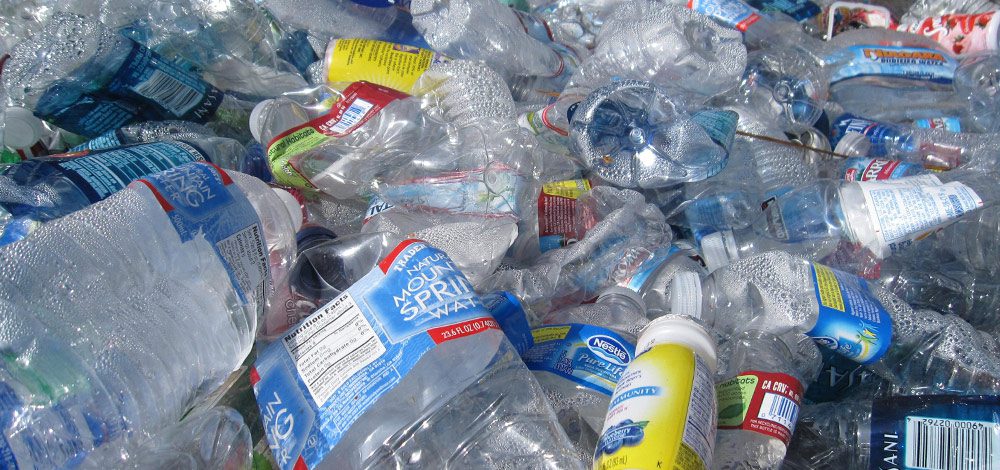

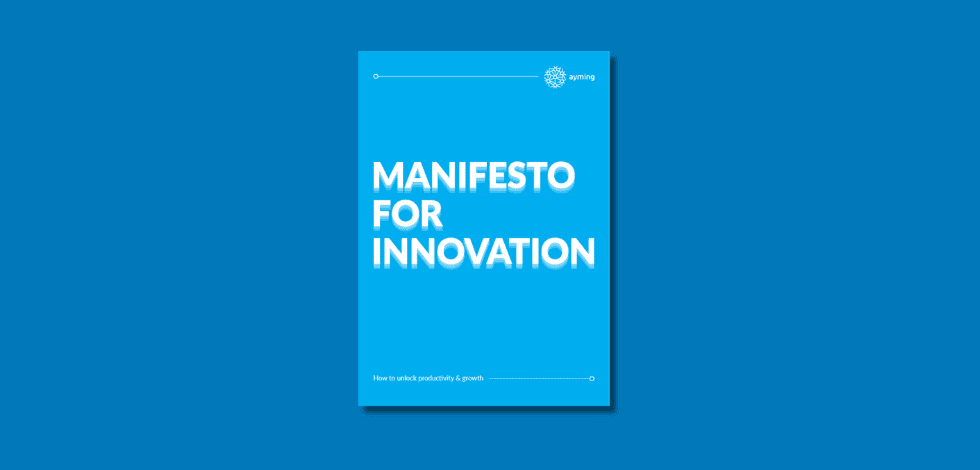


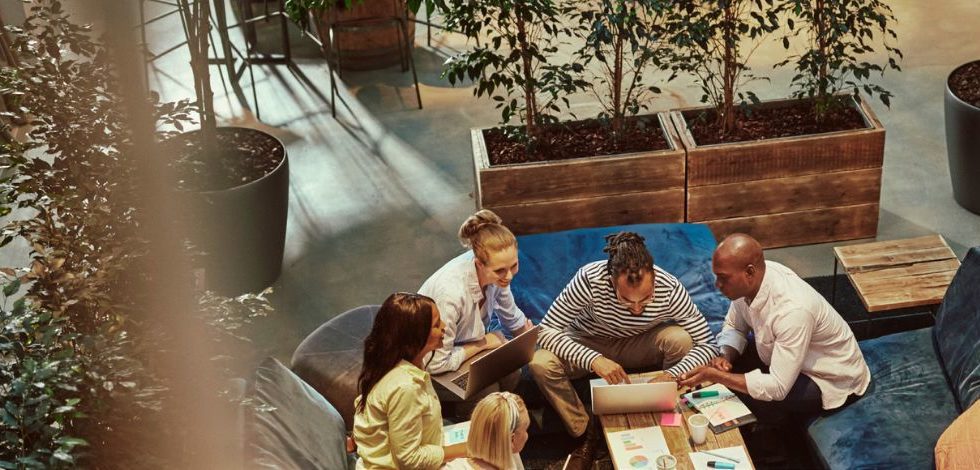

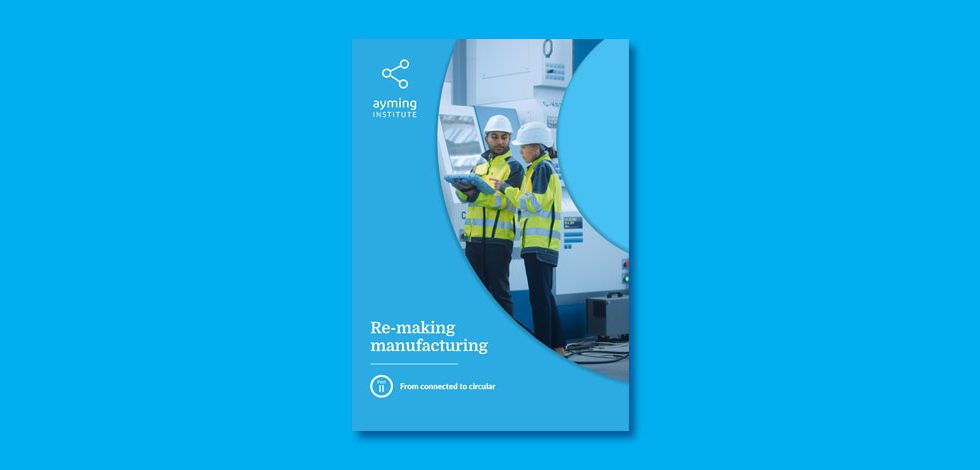
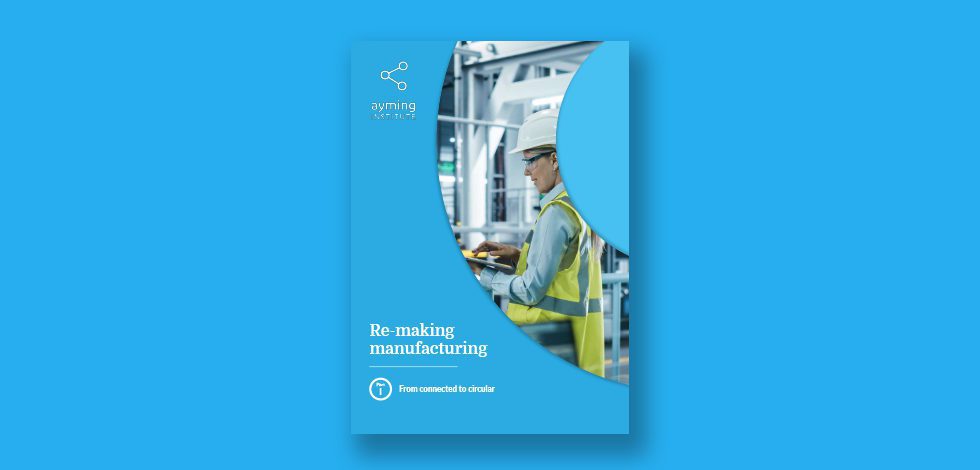
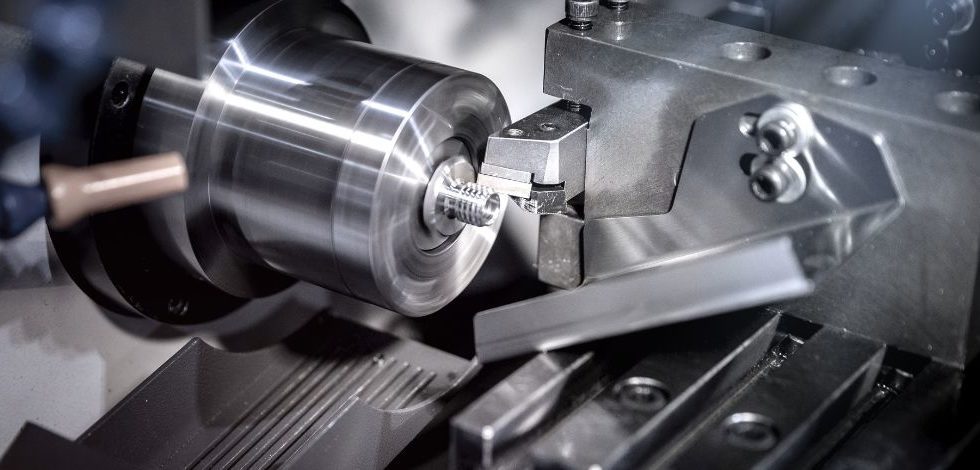
No Comments